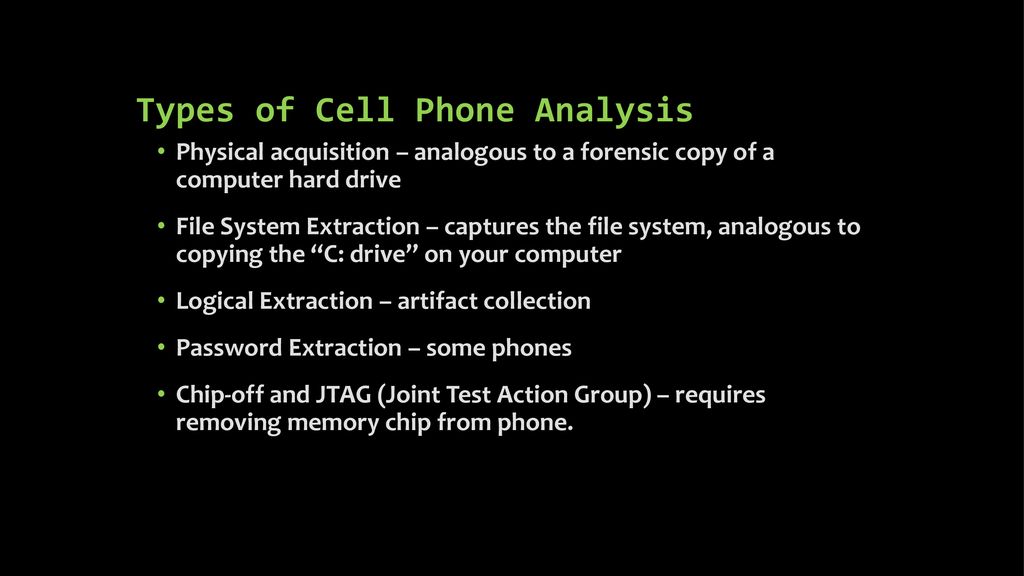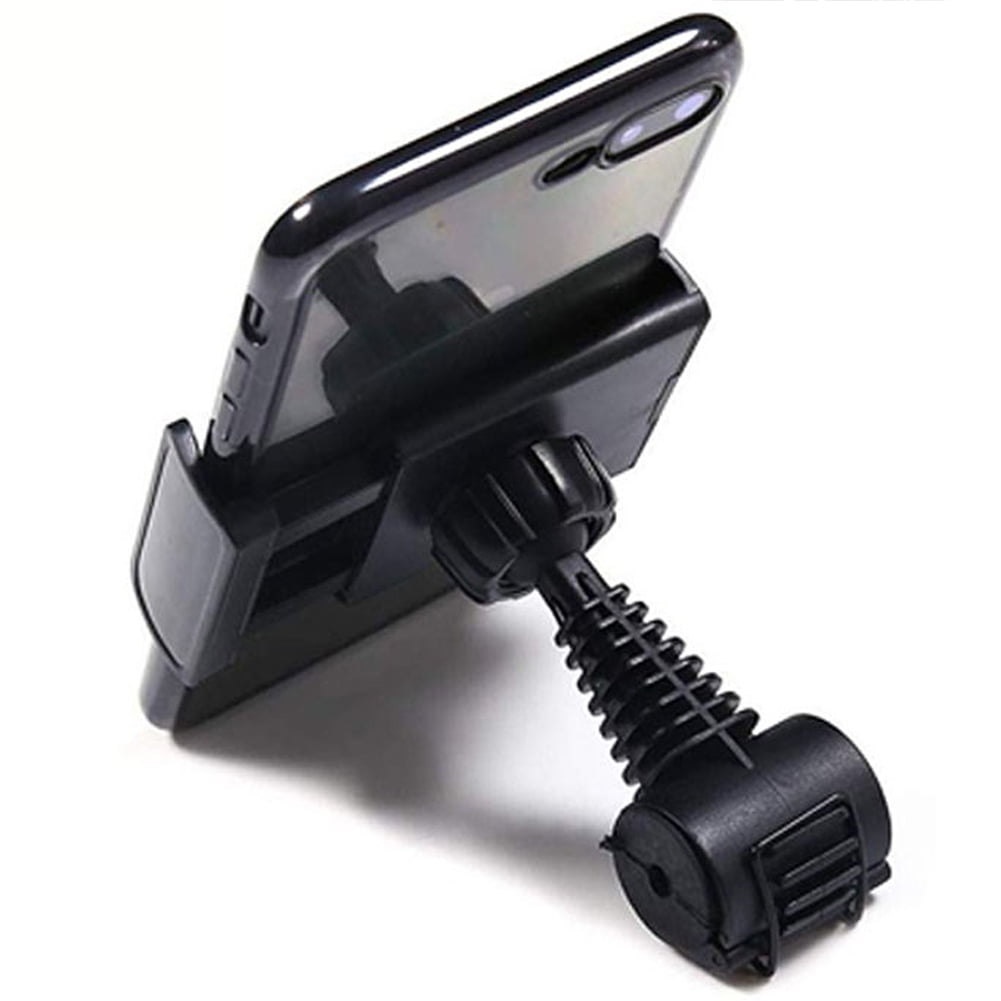

In addition, cell data provides the ability to know not just how many people are visiting specific locations, but also where visitors are coming from within aggregated geographies.

The high-resolution information in space and time provided by cell data expands opportunities for developing next-generation models of human interactions with the natural environment. Our application demonstrates the potential for this emerging source of big data to provide comprehensive visitation information across many places and time windows, a feat that would be impractical with traditional methods. We then built and applied a statistical model to estimate daily visitation with cell data to more than 500 water recreation areas in the northeastern United States for the primary four months of recreational use (June-September) of 2017. We found that the cell data contained useful information for estimating visitor use, but it required a correction (calibration) to match the scale of the observations and to be confident with its wider application. Specifically, we compared the cell data with on-the-ground daily visitation counts that we collected, along with other federal, state and town records for water recreation areas. We investigated how cell data performs in providing the types of visitation information needed in policy applications, information on the temporal and spatial distribution of visits to natural areas. For brevity, we refer to these cellular device location-based datasets generally as “cell data” in this paper. This paper demonstrates the use of commercially available anonymized and aggregated data on cellular device locations to estimate visitation to natural areas. Therefore, it is often unknown how many and what types of people visit natural areas-critical information for managers or researchers to apply in natural resource damage assessments, park and urban planning, economic valuation studies, tourism studies, as well as to inform many other management decisions. Observational counts are time consuming and expensive to conduct and traditional survey approaches have their own sampling complications for estimating visitation. However, it is difficult to quantify the use of natural areas across the many, diverse locations and the timing of those visits. These areas are important to society, as shown through the sheer number of people who visit parks, beaches, walking trails, and other natural spaces and their significant contribution to the economy. People visit natural areas to view the scenery and wildlife or to engage in any number of recreational activities they enjoy. We found that with this calibration, the high-resolution information in both space and time provided by cell phone location-derived data creates opportunities for developing next-generation models of human interactions with the natural environment. However, the data providers’ opaque and rapidly developing methods for processing locational information required a calibration and validation against data collected by traditional means to confidently reproduce the desired estimates of visitation. The results show the potential for this new big data source of human mobility to overcome limitations in traditional methods of estimating visitation and to provide consistent information at policy-relevant scales.

By combining this data with on-the-ground observations of visitation to water recreation areas in New England, we fit a model to estimate daily visitation for four months to more than 500 sites. We introduce and validate the use of commercially available human mobility datasets based on cell phone locations to estimate visitation to natural areas.


 0 kommentar(er)
0 kommentar(er)
